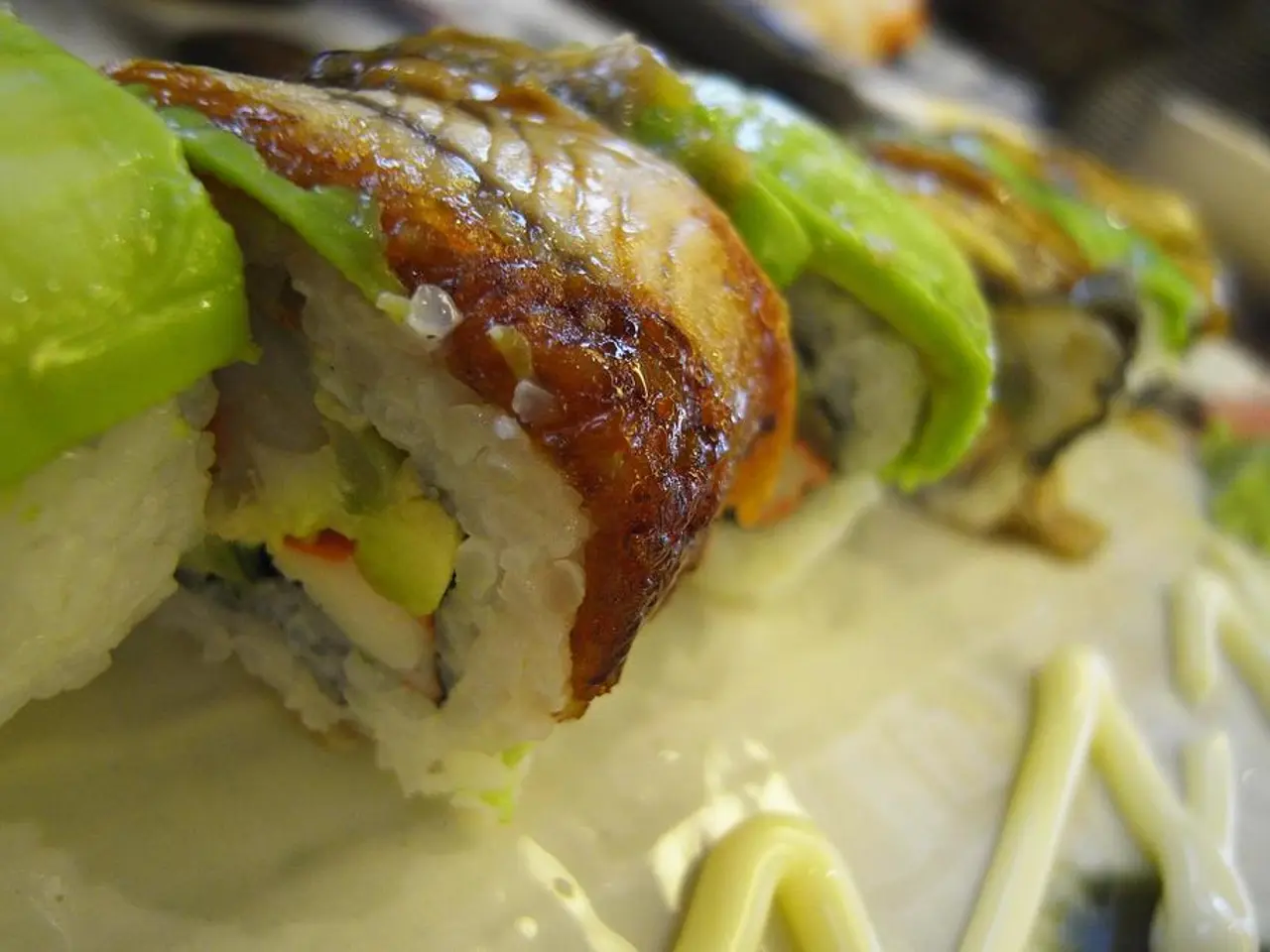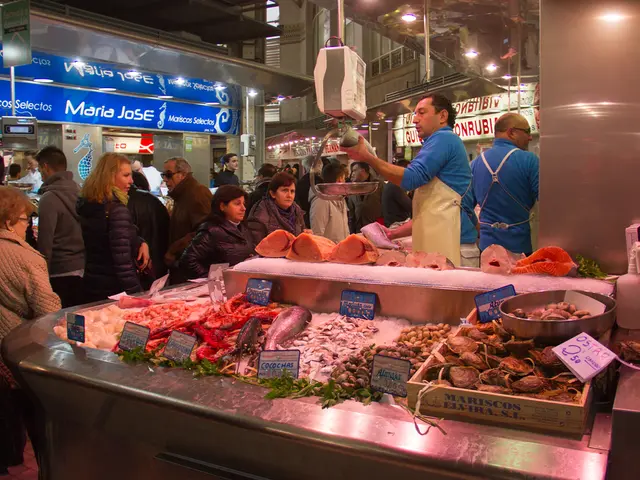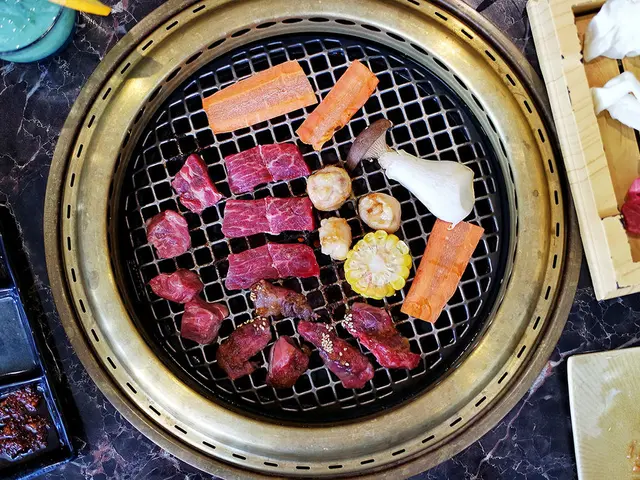Nauryz: The Kazakh New Year's Dish of Good Fortune and Nutrition
Nauryz, the Kazakh New Year celebration, holds deep culinary traditions. At its heart lies Nauryz kozhe, a dish rich in symbolism and nutrients, believed to bring good fortune when tasted in seven homes.
Nauryz kozhe, the main dish of Nauryz, is no ordinary meal. It consists of seven components, each symbolizing a virtue: happiness, luck, wisdom, health, wealth, rapid growth, and heavenly protection. These ingredients include various carbohydrates, minerals like silicon, manganese, magnesium, and calcium, and vitamins B, C, and A. This nutritional powerhouse boosts immunity and strengthens bones.
The dish is traditionally served with other Kazakh delicacies like fried baursaks and boiled meat. It's accompanied by traditional drinks such as kumys, shubat, and airan, all made from dairy products that symbolize purity and loyalty. These dishes are part of the rich Kazakh cuisine that evolved from their nomadic way of life, also including dishes like beshbarmak, kuydrak, sorpa, and nansalma.
In the Kazakh tradition, Nauryz baty is an important ritual where elders bless the festive dastarkhan and wish health and prosperity to the younger generation. Tasting Nauryz kozhe in seven houses is believed to bring good fortune for the year, a tradition that reflects the communal spirit of Nauryz.
Nauryz kozhe, more than just a dish, is a symbol of Kazakh traditions and values. Its consumption in seven homes during Nauryz is believed to bring good fortune, while its nutritional benefits strengthen the body. This dish, along with other Kazakh culinary delights, plays a central role in the Nauryz celebration, reflecting the rich heritage of Kazakh cuisine.







